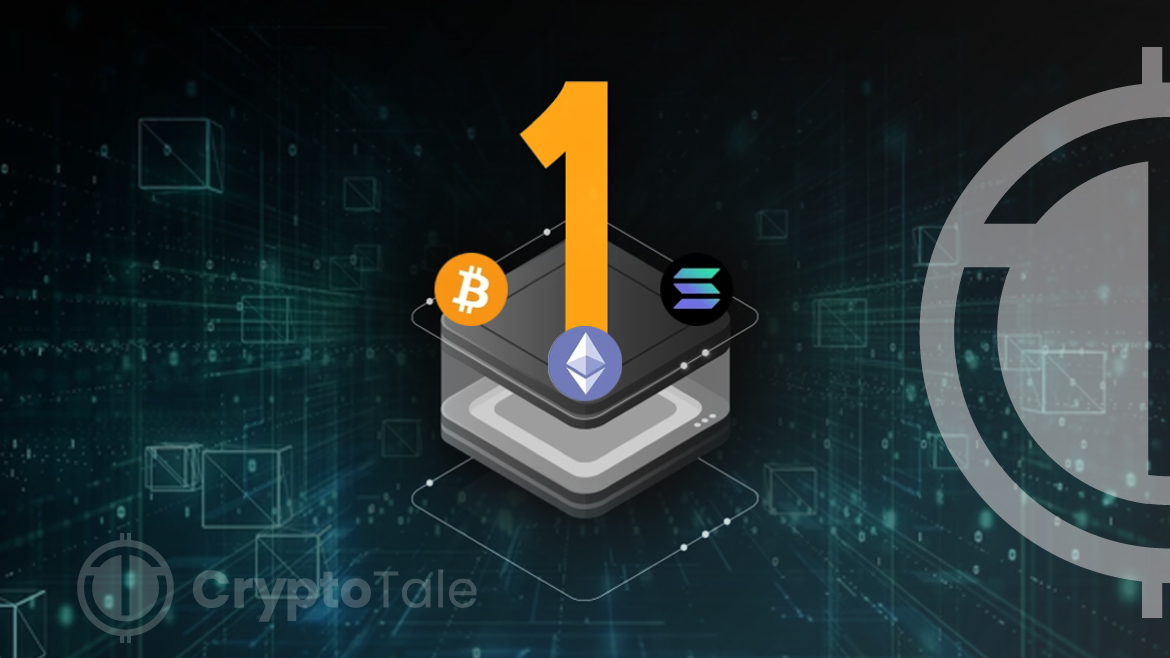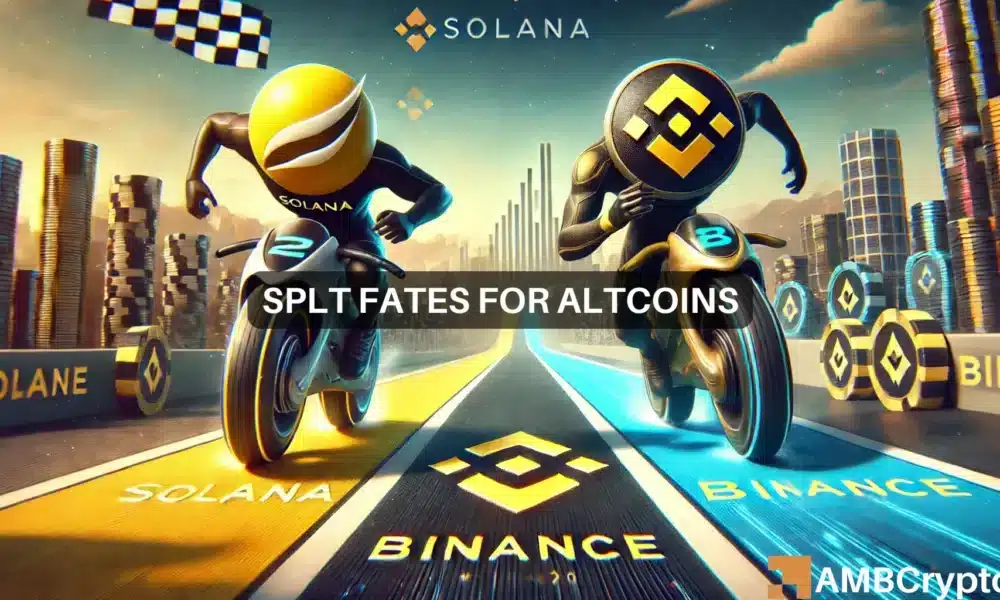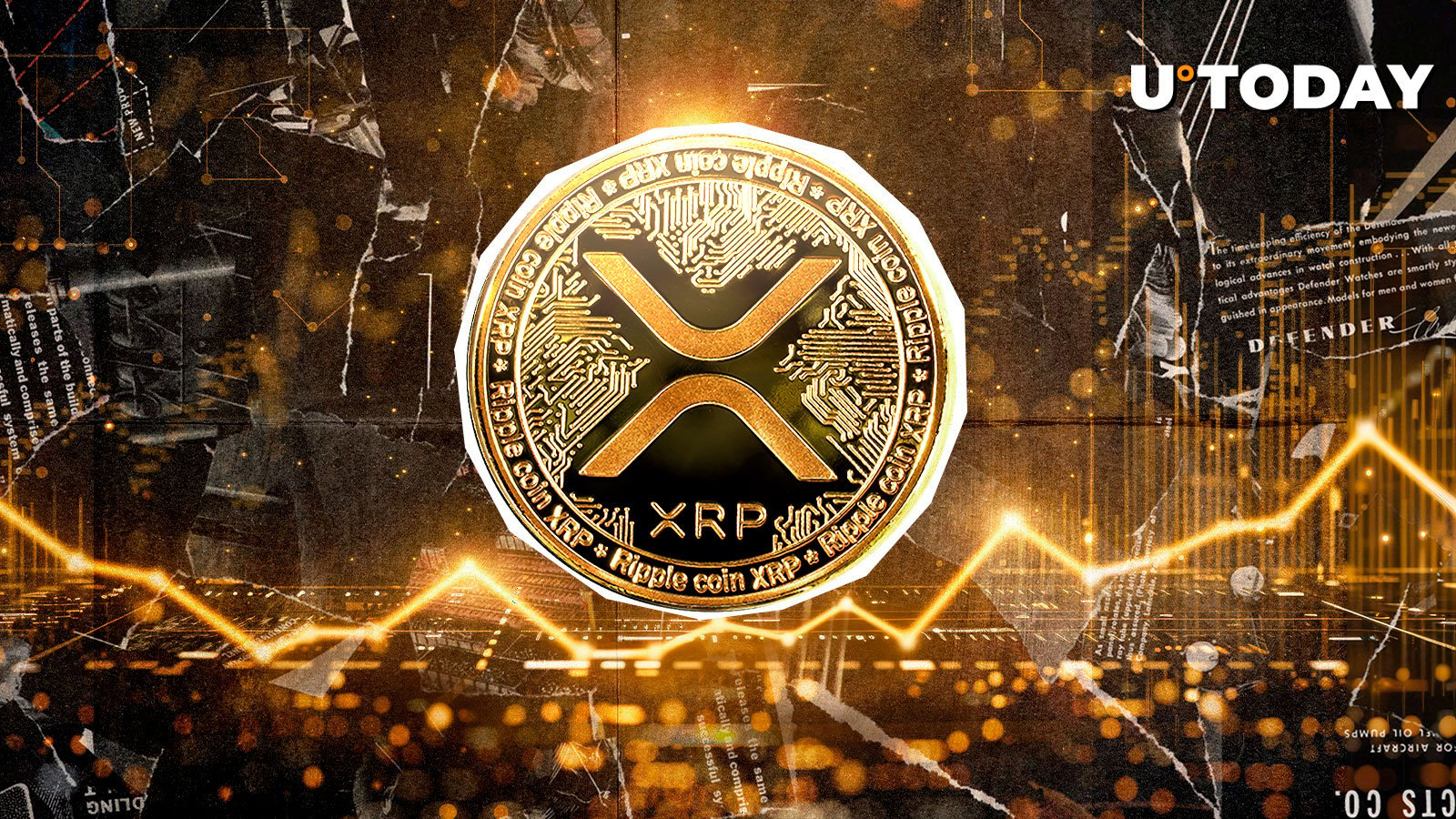Blockchain technology has brought about huge changes in the world with its concept of decentralization and secure data storage. At the core of the innovation is layer 1 blockchains, which are the foundation infrastructure responsible for developing the blockchain space. In this article, we’ll talk about layer 1 blockchains, their limitations, and benefits to the blockchain ecosystem.
What is Layer 1 in Blockchain?
Layer 1 blockchain is the base or foundation of the blockchain architecture on which other blockchain layers and decentralized applications operate. It is a primary chain that handles and records transactions using distributed ledger technology and is not dependent on other blockchain layers. Moreover, the layer 2 blockchains are based on the layer 1 blockchains and, therefore, require layer 1 support in order to work, whereas the layer 1 blockchains are independent. It regulates consensus protocol, transaction handling, scalability, and decentralization of the whole network.
Top 5 Layer 1 Blockchains: 2024 Growth & Price Targets
How Does Layer 1 Blockchain Work?
Consensus Protocol
There are many types of consensus protocols, but the mainstream ones are Proof of Work (PoW) and Proof of Stake (PoS). PoW protocol is where miners compute to solve the computational problem or puzzle, and the result is validated by the miner who solves the problem. If it is correct, a new block is added to the blockchain, and the miners will receive rewards in the form of the coin’s native currency. In the PoS protocol, the validators are responsible for validating and updating blocks on the blockchain. They are traders who have fulfilled the criteria to become validators, which is staking the minimum amount of the coin’s native currency. Furthermore, validators are randomly chosen based on the number of coins staked in the network.
SegWit
Segregated Witness (SegWit) is a protocol designed to increase the block space so that more transactions can be stored in a single block. It increases the space by segregating the signatures that are used for validation outside the transaction block. This method reduces the size of transactions stored in a block, thereby freeing up space for more transactions.
Sharding
Sharding is a layer 1 scaling solution that increases transaction speed by dividing the network into smaller subsets called shards. Each shard functions as a small blockchain where transactions can be validated; this reduces the workload on a single node.
What Are The Benefits of Layer 1 Blockchain?
- Transparency: Every single transaction that takes place is registered in the public ledger and can be accessed by any member of the blockchain. Moreover, all the transactions that are carried out, as well as the records of the transactions, are unalterable.
- Security: Layer 1 blockchain relies on techniques like cryptographic hashing and digital signatures, which help in validating and verifying the transactions. This makes it hard to manipulate the data stored in the blockchain.
- Scalability: These blockchains employ various scaling solutions like sharding to house large transaction volumes without affecting efficiency and security.
- Privacy: A few layer 1 blockchains have characteristics that offer anonymity while trading by use of zero-knowledge proof, meaning that no traders’ personal information is leaked during transactions.
What Are The Limitations of Layer 1 Blockchain?
- Low Throughput: Most layer1 blockchains have low throughput, meaning the number of transactions per second (TPS) is low when compared to their traditional counterparts. In situations where the number of users and transactions increases, the network could be congested, resulting in high fees and lower transaction speed.
- Energy Consumption: Blockchain based on the PoW mechanism consumes a lot of power when computing. This leads to high energy consumption, raising environmental concerns. Although the PoS mechanism consumes less power than PoW, there is still a lot of blockchain running on PoW.
- Security Risks: Some Layer 1 blockchain are susceptible to 51% attacks, resulting in the hacker gaining control over the network’s hash rate or staked coins.
Difference Between Layer 1 and Layer 2 Blockchain
Layer 1 is the core or base layer of a blockchain where all important blockchain processes occur. This ranges from undertaking transaction processing, as well as the implementation of a consensus protocol, among others. On the other hand, layer 2 blockchains are developed on top of layer 1 blockchains and are meant to improve throughput, scalability, and efficiency. These solutions assist in decentralizing the load to other chains, thus reducing the cost of the overall system and enhancing user experience.
Layer 1 Blockchains Surge in Social Dominance, Signaling Market Optimism
Some of The Top Layer 1 Blockchain
- Bitcoin: Bitcoin is the world’s first layer 1 cryptocurrency built on blockchain technology by an anonymous person or group known as Satoshi Nakamoto in the year 2009. At the moment, it is the largest cryptocurrency in terms of market capitalization and is often dubbed ‘digital gold.’ The coin is based on PoW for the consensus, and the network is capable of processing 7 transactions per second. Despite various shortcomings like high costs in terms of fees for each transaction, Bitcoin remains one of the cornerstones of the cryptocurrency world.
- Ethereum: Ethereum is a layer 1 blockchain launched by Vitalik Buterin in 2015 with the aim to solve the various limitations of blockchain at that time. It brought a whole new vitality to the blockchain and crypto space with its smart contract capability. Ether stands as the second-best crypto based on market capitalization after Bitcoin.
- Solana: Solana, a popular crypto in the blockchain space, was launched in late 2020. It is different from other blockchains in that it uses a combination of Proof of History (PoH) and Proof of Stake (PoS) as the consensus mechanism and Rust programming language for smart contracts. The blockchain has a block time of 400 milliseconds and 65,000 transactions per second. Solana stands as the fifth-largest crypto by market capitalization.
Conclusion
Layer 1 blockchain is the backbone of the entire blockchain ecosystem. It offers the right environment through which the deals can be executed in the absence of a mediator and in a safe and open manner. Each layer 1 blockchain has its own strengths and weaknesses and faces challenges like scalability issues and low throughput. As the crypto industry grows with increased adoption from all over the world, layer 1 blockchains are striving to meet the demand by adopting various new protocols.











